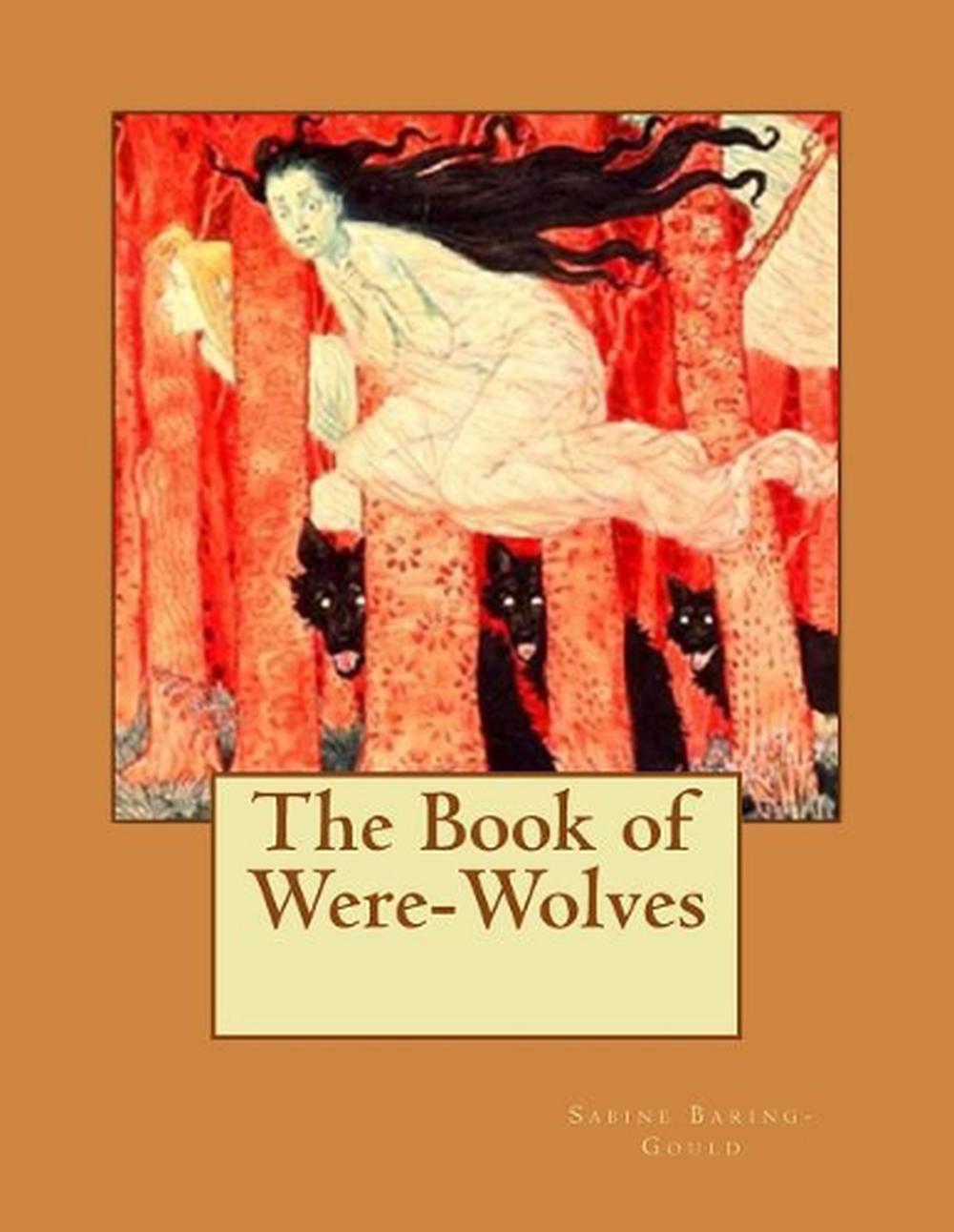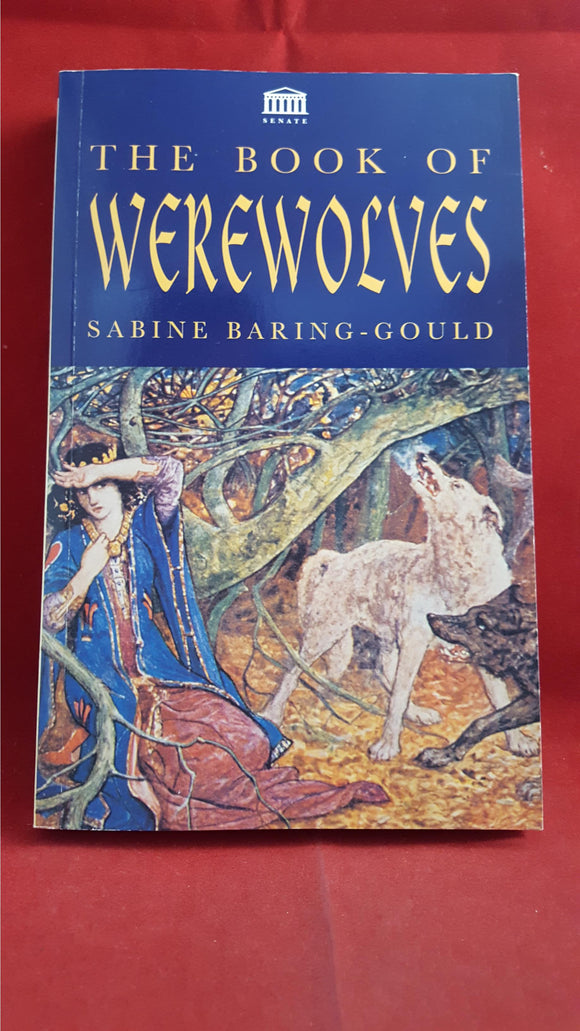

She later claims to have been punctured in her breast, although no wound was found. When she was six, Laura had a vision of a very beautiful visitor in her bedchamber.

Laura, the teenaged protagonist, narrates, beginning with her childhood in a "picturesque and solitary" castle amid an extensive forest in Styria, where she lives with her father, a wealthy English widower retired from service to the Austrian Empire. Hesselius, whose departures from medical orthodoxy rank him as the first occult detective in literature. Le Fanu presents the story as part of the casebook of Dr. Isabella Mazzanti illustrated the book's 2014 edition, published by Editions Soleil and translated by Gaid Girard. Consequently, confusion has arisen relating the pictures to the plot. Comparing the work of two illustrators of the story, David Henry Friston and Michael Fitzgerald-whose work appears in the magazine article but not in modern printings of the book-reveals inconsistencies in the characters' depictions. The story is often anthologised, and has been adapted many times in film and other media.Ĭarmilla, serialised in the literary magazine The Dark Blue in late 1871 and early 1872, was reprinted in Le Fanu's short-story collection In a Glass Darkly (1872). The novella notably never acknowledges homosexuality as an antagonistic trait, leaving it subtle and morally ambiguous. The character is a prototypical example of the lesbian vampire, expressing romantic desires toward the protagonist. First published as a serial in The Dark Blue (1871–72), the story is narrated by a young woman preyed upon by a female vampire named Carmilla, later revealed to be Mircalla, Countess Karnstein (Carmilla is an anagram of Mircalla). Carmilla is an 1872 Gothic novella by Irish author Sheridan Le Fanu and one of the early works of vampire fiction, predating Bram Stoker's Dracula (1897) by 26 years.


 0 kommentar(er)
0 kommentar(er)
